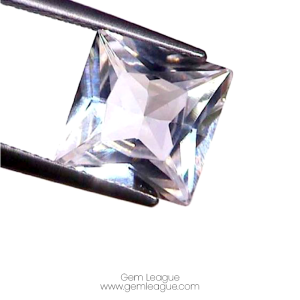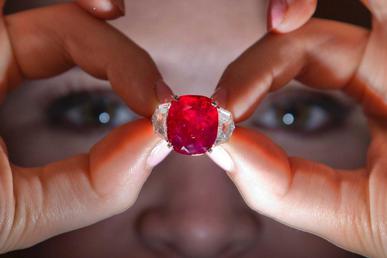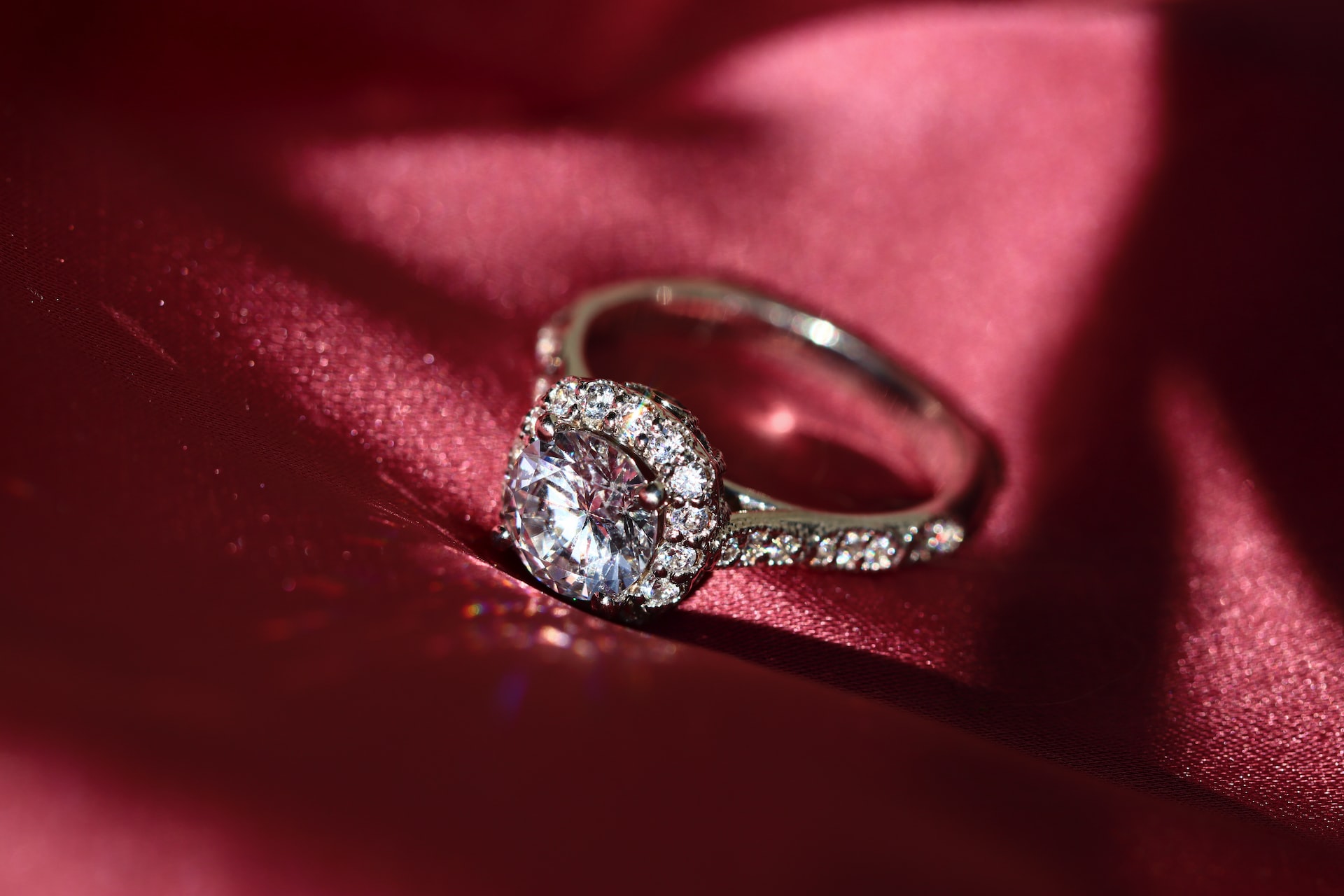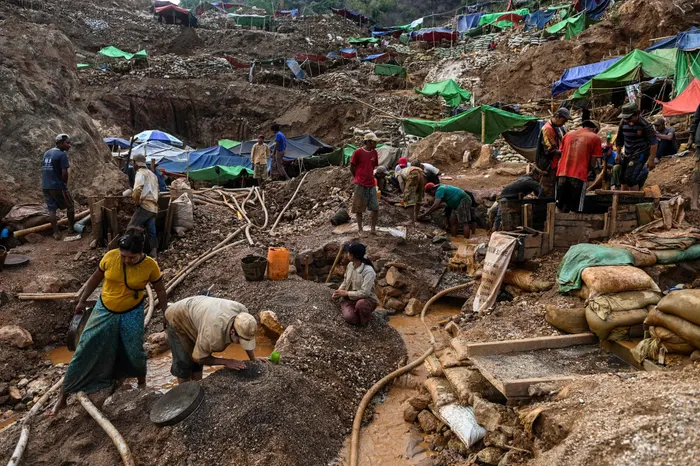Is it possible to melt down diamonds?
Is it possible to melt down diamonds? This article will help you understand the answer to this question. You already know how many things diamonds can be used for. In addition to their use in jewelry, these gems are a necessary component of numerous other industries. Diamonds are valued for more than just their beauty; We mean that in that way.
Due to their strength, they are able to withstand a great deal of pressure. However, how resistant are diamonds to high temperatures? The better question would be: Is a diamond able to be melted? We are aware that diamonds do have a melting point. Nonetheless, continue scrolling for additional information regarding the melting point and temperature limit of diamonds.
It is said that diamonds last forever, but is this true? Diamonds are without a doubt one of nature’s strongest materials; But do you know whether they can be melted or burned? In a nutshell, if there is sufficient oxygen for the process, diamonds will burn at approximately 900 °C. Diamonds can also melt at 100,000 bar, or at least 4500 degrees Celsius, which is about 100,000 times higher than the average atmospheric pressure.
There is, however, more to the story. Diamonds’ unique melting and burning conditions can be explained by their chemical and physical properties, which could also explain why Neptune and Uranus may have liquid diamond oceans, for example. You probably already know that extremely difficult conditions are needed for diamond formation.
This also works the other way around. But precisely under what circumstances must the diamond burn? Before it can begin to burn, a diamond must reach approximately 900 °C (1650 Fahrenheit or 1200 kelvin) at atmospheric pressure. Additionally, a sufficient supply of oxygen is required for the burning process.
A chemical reaction with oxygen that results in the release of energy into the environment is known as burning—or, more accurately, combustion. Diamonds are included in this definition, and diamonds do burn due to their predominant carbon content. You might be interested in learning the next step in the diamond-burning process. Which strategy would have the most effect? Putting a diamond in liquid oxygen would almost certainly cause it to burn. This would guarantee that at least enough oxygen would be present for the burning to take place.
The issue is that oxygen cannot exist as a liquid at atmospheric pressure unless its temperature is below -183 °C. Consequently, it’s possible that the diamond structure’s bonds have not yet been broken by the temperature. Consequently, as can be seen in the video above, it might be more efficient to first heat the diamond to a very high temperature with a torch or other similar device before dropping it into some liquid oxygen.
The concept may seem odd to you because you probably haven’t seen or even heard of molten diamonds. This is because the conditions necessary to melt diamonds are extremely rare. A diamond will basically melt at a pressure of 100,000 bar (10 GPa or 100,000 atm) and a minimum temperature of approximately 4500 °C (a little more than 4700 K).
Additionally, the concept of a “liquid diamond” is somewhat shaky due to the fact that diamonds typically contain carbon with a particular structure. Therefore, it is debatable whether molten diamonds are in fact diamonds or merely carbon in liquid form. Diamonds can still be melted under certain conditions. Cornell University researchers have for the first time documented the melting of diamond, the hardest material known to man.
While scientists were studying graphite at temperatures and pressures that were comparable to those found in the interior of the earth, it happened by accident. In the hope of producing synthetic diamonds, the researchers focused on carbon in its graphite form with a yttrium-aluminum-garnet (YAG) laser. They created a pressure that was 450,000 times greater than the atmospheric pressure at sea level using a diamond anvil cell. According to a report published in Science on August 31, the laser was accidentally operated at unusually high power, melting one diamond anvil face.












